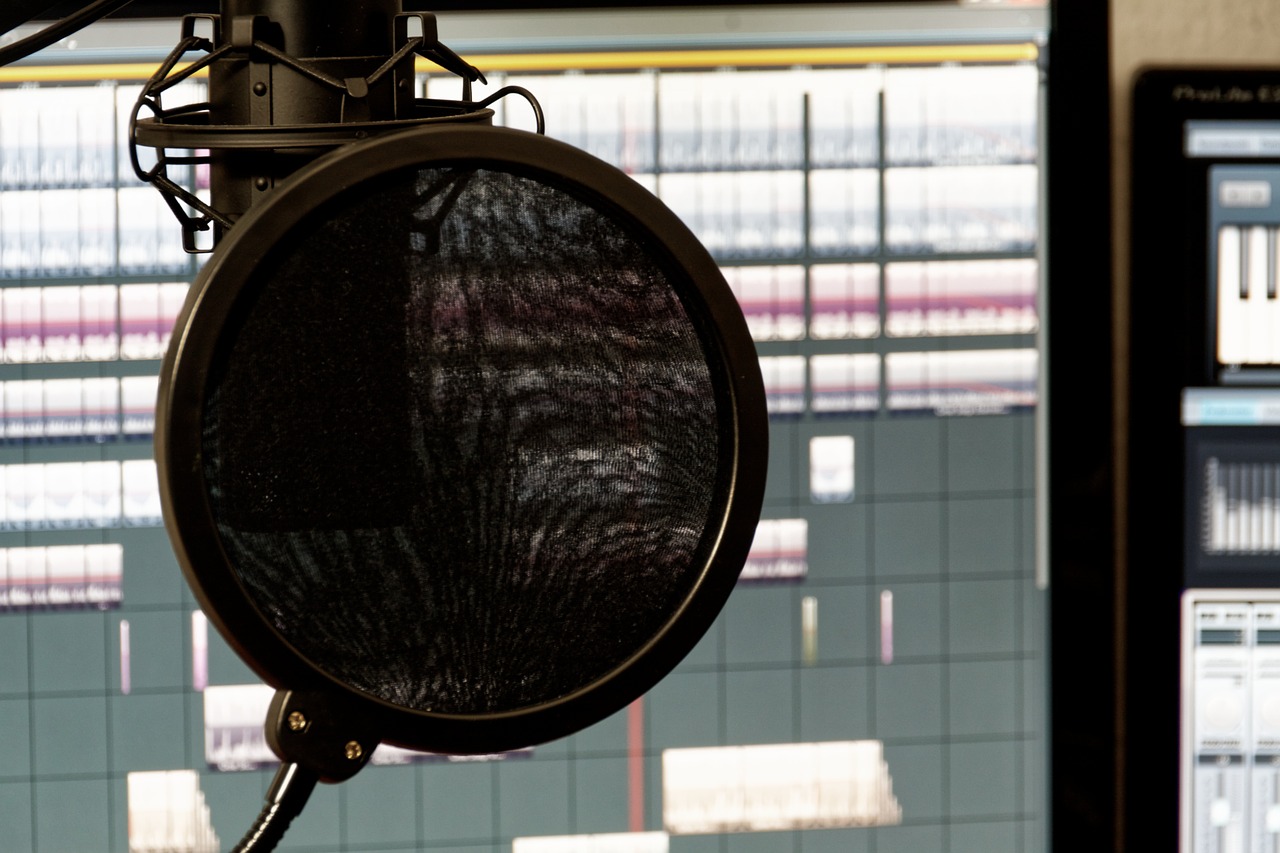The audio industry has undergone a tremendous transformation in recent years, driven by cutting-edge technology. From immersive sound experiences to intelligent audio analytics, new advancements are reshaping how we interact with and experience sound. This article delves into the latest technological innovations that are revolutionizing the audio industry.
Technological Innovations Transforming the Audio Industry
Artificial intelligence (AI) and machine learning (ML) are leading the charge in this revolution. These technologies are enhancing audio quality, automating complex processes, and enabling new levels of personalization. AI algorithms can now isolate and enhance specific audio elements, providing clearer sound even in noisy environments. ML models are being trained to understand and predict user preferences, delivering highly customized audio experiences.
Another game-changing development is spatial audio. This technology creates a three-dimensional sound experience, making listeners feel as if they are surrounded by audio sources. Spatial audio is particularly impactful in virtual reality (VR) and augmented reality (AR) applications, where it enhances the sense of immersion and realism. This innovation is also making its way into music and home entertainment systems, offering a more engaging listening experience.
The rise of voice recognition technology is another significant advancement. Voice assistants like Alexa, Siri, and Google Assistant have become household names, integrating seamlessly into daily life. These systems rely on advanced natural language processing (NLP) and sophisticated microphones to understand and respond to user commands with high accuracy. The continuous improvement of voice recognition technology is paving the way for more intuitive and hands-free audio interactions.

Immersive Audio Experiences
Immersive audio experiences are no longer confined to theaters or specialized venues. Thanks to advancements in sound engineering and hardware, high-quality audio experiences are now accessible in homes and on the go. Headphones and earphones equipped with noise-canceling technology and high-fidelity sound reproduction are becoming increasingly popular. These devices allow users to enjoy rich, detailed soundscapes, whether they’re listening to music, watching movies, or playing games.
Soundbars and home theater systems have also seen significant improvements. Modern sound systems incorporate multiple speakers and advanced audio processing to deliver surround sound experiences that rival commercial theaters. The use of wireless technology in these systems provides flexibility and ease of installation, making high-quality audio more accessible than ever.
One of the key advancements in immersive audio is Dolby Atmos. This technology allows sound designers to position audio elements in a three-dimensional space, creating a more dynamic and lifelike listening experience. Dolby Atmos is being adopted in various formats, from movies and games to streaming services and live events, enhancing the overall audio experience for consumers.
Advancements in Audio Production
The process of creating and producing audio content has been transformed by technology. Digital audio workstations (DAWs) and sophisticated audio editing software have made it easier for creators to produce high-quality audio. These tools offer a wide range of features, from multi-track recording and editing to advanced effects and automation, enabling artists to bring their creative visions to life.
Cloud-based collaboration platforms are another significant development. These platforms allow audio professionals to work together in real-time, regardless of their physical location. This has opened up new possibilities for remote collaboration, making it easier for teams to work on projects and share ideas. The ability to access and edit projects from anywhere also provides greater flexibility and efficiency in the production process.
AI-powered tools are also making a significant impact on audio production. Automated mixing and mastering services use AI algorithms to analyze and enhance audio tracks, providing professional-quality results with minimal effort. These tools can save time and reduce costs, allowing creators to focus more on the artistic aspects of their work.
Bullet List of Key Technologies
Here are some of the key technologies driving the transformation in the audio industry:
- Artificial intelligence and machine learning
- Spatial audio
- Voice recognition technology
- Noise-canceling headphones and high-fidelity sound reproduction
- Dolby Atmos
- Digital audio workstations (DAWs)
- Cloud-based collaboration platforms
- AI-powered mixing and mastering tools
Future Trends in Audio Technology
Looking ahead, the future of audio technology is filled with exciting possibilities. The integration of AI and ML will continue to push the boundaries of what is possible, enabling even more personalized and immersive experiences. As these technologies evolve, they will become more sophisticated and capable of delivering increasingly nuanced audio interactions.
5G technology is set to revolutionize the way we consume audio content. With faster data speeds and lower latency, 5G will enable high-quality audio streaming and real-time collaboration on a scale previously unimaginable. This will enhance not only entertainment experiences but also professional audio production and broadcasting.
The growing adoption of smart devices and the Internet of Things (IoT) will also play a significant role in the future of audio technology. Smart speakers, connected home audio systems, and wearable audio devices will become more integrated and intelligent, offering seamless and intuitive audio experiences. As these devices become more prevalent, the way we interact with audio content will continue to evolve.
In conclusion, the audio industry is being transformed by a wave of cutting-edge technologies that are enhancing sound quality, creating immersive experiences, and streamlining production processes. These advancements are not only changing how we listen to and interact with audio but are also opening up new possibilities for creators and consumers alike. As technology continues to advance, the future of the audio industry looks brighter than ever.
